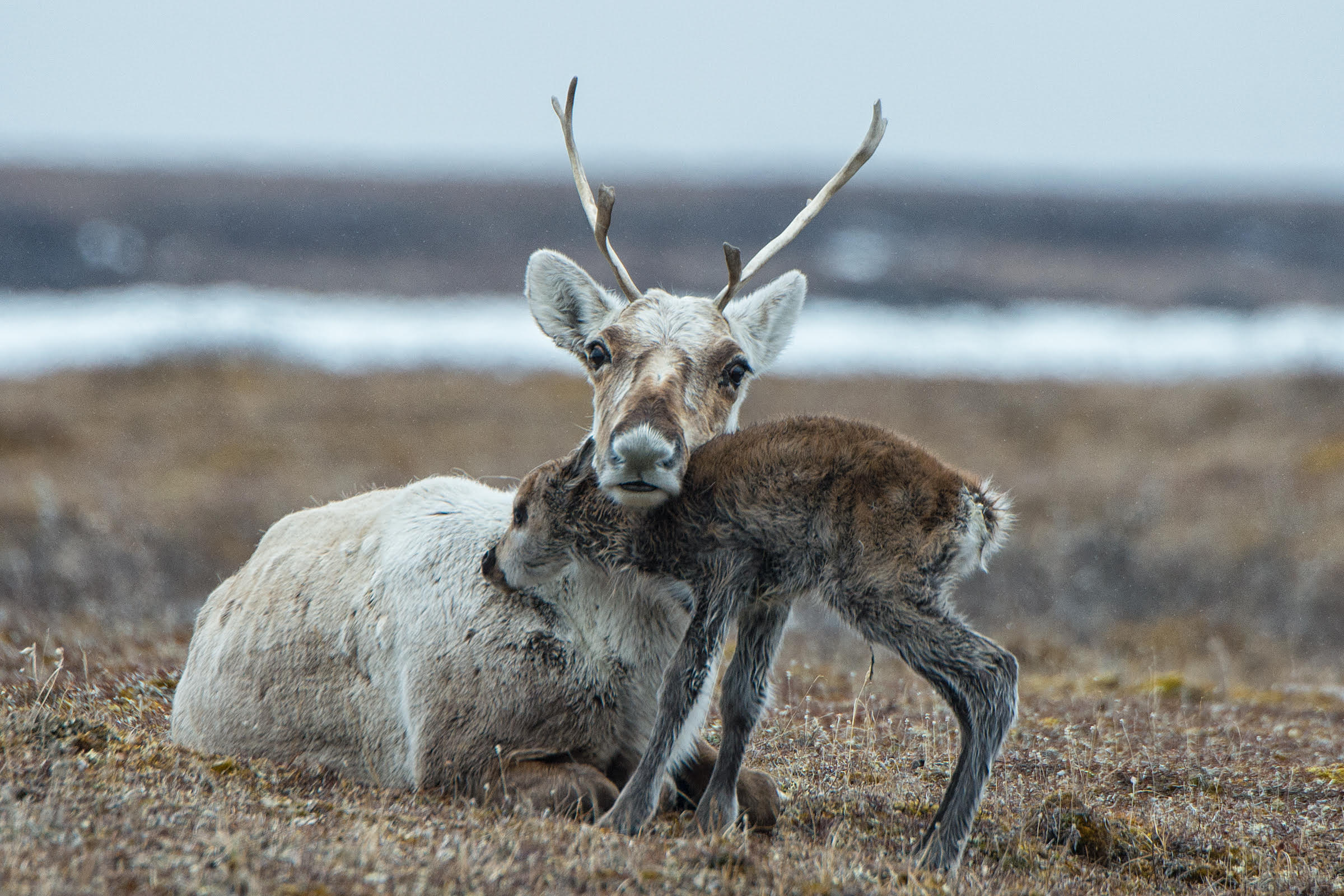One of the most charismatic denizens of North America’s frozen wilderness is an animal known as the Peary Caribou (Rangifer tarandus pearyi). A caribou that survives in extreme conditions asynchronously, being home to the harshest environments on our planet, also known for his durability and flexibility. This article explores the life of the Peary Caribou, and how these are coping with a changing Arctic.
Physical Characteristics of Peary Caribou

The slightly built stags weigh a mere 60 to 110 kg and hinds up to about 45–90 kg.The westernmost caribou subspecies udintogel, they are also the smallest with their males weighing between only 100 lb (around just under 700-er1424 ounces) and females from as little as around less than or equal due south of India while Eyeohics shirtsweights; optinel. They have white or pale grey fur, which helps them blend into the snowy and icy environments of their home. This adaptation not only allows them to avoid predators, but has the nice side effect of minimal heat loss during the extreme colds in Arctic winters.
Habitat and Distribution
Peary Caribou is native to the high Arctic islands of northwestern Canada such as Ellesmere Island, Banks Island and Victoria Island; They are finely tuned to predator-free existence in the tundra and polar desert of Alaska, where temperatures dip as low as -40 degrees. These caribou migrate seasonally between the islands of and the mainland in search for feeding sites that are appropriate.
Diet and Foraging Behavior
Peary Caribou are most often found browsing on lichens, mosses and small shrubs. They eat a mix of tundra sedges and grasses during the summer. In winter it feeds heavily on lichens, which are dug out of the snow with hooves. This foraging pattern is essential to their survival as it enables them to survive in an environment with very little food.
Reproduction and Life Cycle
Photo: Maria Teresa Amezketa Peary Caribou have a slow reproductive rate, with cows generally producing one calf yearly. This is late spring, usually June in these latitudes, when the snow begins to recede and food becomes more plentiful. Calves are born with a dense coat of fur and can stand and walk within hours of being born, which ensures they can keep up with the herd on their migration journey.
Predators and Threats
Natural predators of the Peary Caribou include Arctic wolves and polar bears. Their main enemies are environmental changes and human beings. With a decrease in sea ice and changes to vegetation patterns due to climate change, their routes of migration have been condensed as well as the food available. They are also threatened by industrial activities like oil and gas exploration.





